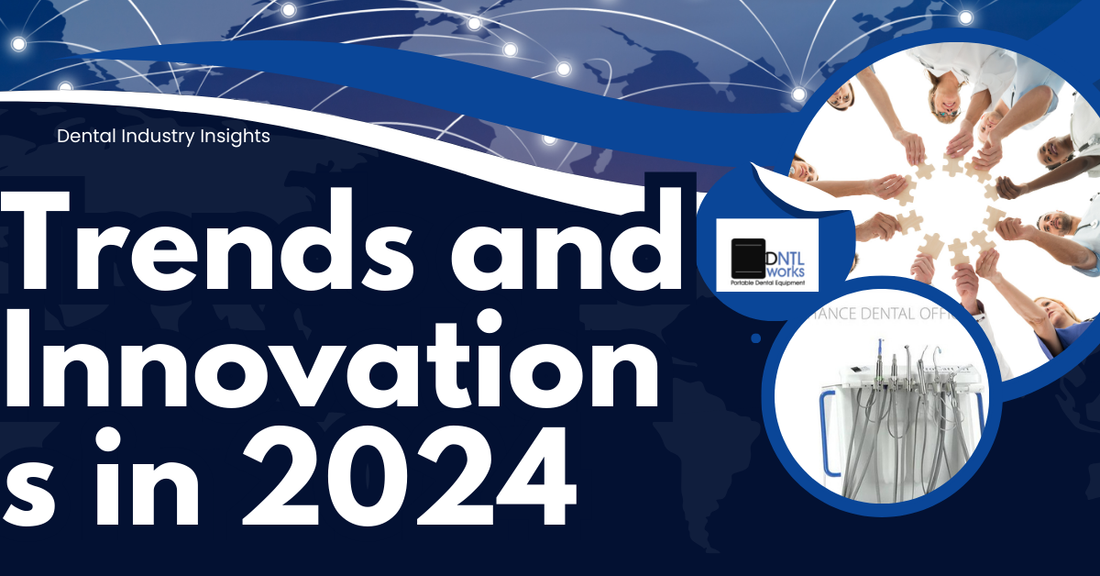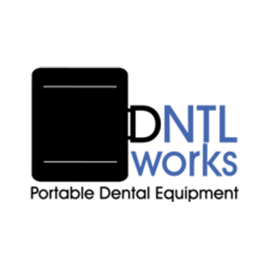
Dental Industry Insights: Trends and Innovations in 2024
Share
The dental industry is rapidly evolving, with new technologies, patient care models, and a growing focus on preventive and accessible dental care. In this post, we’ll explore key trends in the industry, recent innovations, and insights into what lies ahead for dental practices and professionals in 2024.
1. Embracing Digital Dentistry
Digital technologies are reshaping the dental industry, allowing for greater precision, efficiency, and patient satisfaction. Here’s a look at how digital dentistry is transforming practices:
Table: Key Digital Dentistry Innovations
| Innovation | Benefits | Common Applications |
|---|---|---|
| 3D Printing | Quick production of crowns, bridges, and aligners | Prosthetics, orthodontics, and restorative procedures |
| Intraoral Scanners | Accurate digital impressions, reduced patient discomfort | Orthodontics, prosthodontics, and diagnostics |
| CBCT (Cone Beam Computed Tomography) | 3D imaging for more accurate diagnostics | Implantology, oral surgery, and endodontics |
Takeaway: Digital dentistry is providing dental professionals with tools that enhance patient care, speed up procedures, and improve accuracy. These innovations are especially valuable in complex cases, where precision and patient comfort are top priorities.
2. Focus on Preventive and Minimally Invasive Care
Preventive care and minimally invasive procedures are becoming central to modern dentistry, as patients seek treatments that reduce discomfort and focus on long-term oral health. Here are the key trends driving this approach:
Growth of Preventive vs. Restorative Treatments (2019–2024)
Insight: Preventive care is on the rise as more patients prioritize long-term health and look to avoid invasive procedures. Techniques like remineralization, sealants, and fluoride treatments are becoming integral to dental practices.
3. AI and Data Analytics in Patient Care
Artificial intelligence (AI) and data analytics are becoming valuable tools in the dental industry, enabling practices to personalize patient care and optimize practice management. Here’s how AI is making a difference:
- Predictive Analytics: Analyzes patient histories to predict dental health trends, helping dentists offer preventive treatments more effectively.
- AI-Assisted Diagnostics: AI-powered tools analyze X-rays and scans, providing quicker and more accurate diagnostics for issues like cavities, gum disease, and bone loss.
- Practice Management: Data analytics streamline appointment scheduling, billing, and follow-up, making dental practices more efficient.
Takeaway: AI and data analytics are paving the way for more accurate diagnostics, streamlined management, and a data-driven approach to preventive care, enhancing both patient outcomes and practice efficiency.
4. Expanded Access to Mobile and Community-Based Dental Care
Mobile dental units and community-based programs are expanding access to care, especially in underserved areas. This approach helps reach patients who may not otherwise have access to regular dental services.
Mobile Dental Units and Their Ideal Applications
| Unit | Best Applications | Key Features |
|---|---|---|
| ProCart TDS | Community health centers, satellite offices | Self-contained, high suction, quiet operation |
| ProPak I | Rural and field dentistry, outreach programs | Lightweight, padded handle, easy transport |
| ProSeal II | School-based programs, preventive care | Quiet operation, efficient for sealants and exams |
| ProQuest II | Military and remote locations | High suction, single carrying case with wheels |
Insight: Mobile dental units allow practices to extend their reach, providing essential care to underserved populations, school-based programs, and community health events. The increased portability and ease of setup make these units vital tools for public health.
5. Tele-dentistry: The Future of Remote Dental Care
Tele-dentistry is becoming a valuable tool for both patient consultations and remote diagnostics. During the COVID-19 pandemic, tele-dentistry proved its effectiveness, and its use continues to grow. Here’s why it’s here to stay:
- Accessible Consultations: Enables patients to consult with their dentists remotely, saving time and reducing the need for in-office visits.
- Remote Diagnostics: Dentists can conduct preliminary assessments and guide patients in monitoring oral health between appointments.
- Cost Efficiency: Reduces costs associated with in-office visits, making dental care more affordable for patients.
Takeaway: Tele-dentistry makes dental care more accessible, affordable, and convenient for patients, especially in rural or underserved areas where regular visits are challenging.
Conclusion: What’s Next for Dental Professionals?
As the dental industry continues to evolve, staying ahead of these trends is key for practitioners looking to improve patient care, streamline operations, and expand access to dental services. From digital dentistry and AI to mobile care and tele-dentistry, these advancements will shape the future of dentistry, making care more patient-centered, preventive, and accessible than ever before.
Keep following our blog for more insights, industry updates, and expert advice on navigating the changing landscape of dental care!
